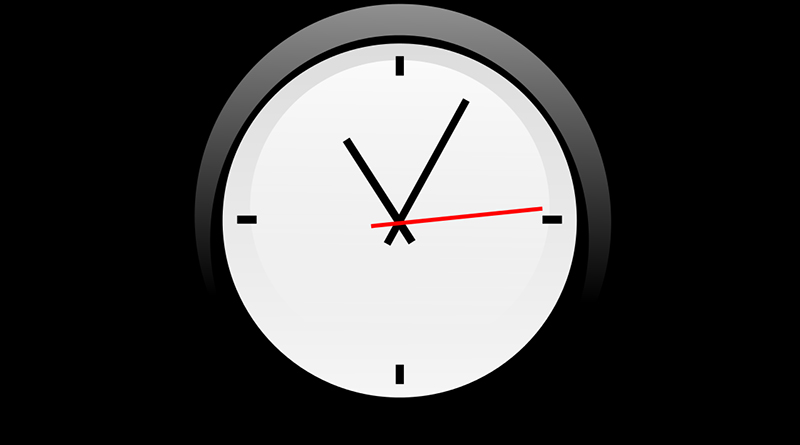(Photo source: Secretaría de Cultura Ciudad de México from México, CC BY 2.0, via Wikimedia Commons) It seemed that three-quarters of the audience attended out of curiosity and the rest out of a desire for chicness. For while Philip Glass has built a solid if ambiguous reputation on the East Coast, precious little of his music preceded him to Chicago…. A mixture of fact and rumor filtered in ahead of his visit, of his four-and-one-half-hour score for the opera Einstein on the Beach, of five-hour marathon concerts in New York that consisted solely of three repeated chords, of inane music that went on and on until you were ready to climb the walls or reach Nirvana, depending upon whom you talked to.
For his two Chicago performances Glass brought along an ensemble of six performers and one sound technician whose job it was to balance and blend the various instrumental and human voices through the ten speakers that all but surrounded the audience. These speakers allowed for some antiphonal effects, but mainly they were used to place the audience in the middle of the wash of sound produced by the three organs, one keyboard bass, two saxophones, one flute, and voice.
One interesting aspect of the music of Philip Glass is that despite its supposed “avant-garde” modernity, it utilizes elements that have been around for over a thousand years. Almost all of Glass’s compositions employ a ground bass, a series of unchanging bass notes upon which are stacked a variety of short melodies and scales. The ground bass evolved out of the “cantus firmus” used in Gregorian Chant and was characteristic in Baroque music. The antiphonal effect (the alternating back and forth of sound from one side of the room to the other, or from one speaker to the other on home stereos) was developed to a great extent by Giovanni Gabrieli’s use of a divided choir in late sixteenth- and early seventeenth-century Venice. The continual use of repetition within melodic contours can be traced far back to pre-Christian African, Buddhist, and Tibetan chanting, which often drones on for hours. And the close, overlapping harmonies that Glass employs often echoes the sixteenth-century English madrigalists.
Glass and his cohorts, seated in a semi-circle, used all these elements to create a sort of ritual: a dramatic structure that the listener must penetrate (almost physically, due to the heaviness of the total sound) if he is to get anything out of this music. Listening to this is like wandering through a maze: no one knows how long it will go on, and suddenly you turn a corner and find yourself out in fresh, quiet air.
The first part of the performance opened with five pieces from Glass’s … recording, North Star. These short (two to ten minutes in performance) pieces were written by Glass for the film Mark Di Suvero, Sculptor. All of them are built basically from the same materials: three organs playing left-hand ostinato bass patterns; right hands playing simple song-like melodies or running up and down a particular scale; horns and voice riffing the same simple melody or breaking open and articulating the notes in the bass chord progressions. All of the melodies used by Glass are exceedingly simple, ranging from one reoccuring note to eight-note florid phrases. He uses simple, tonal, close harmonies both in the organs and in the overlapping reeds, thus achieving a loud, tight, bright, thick ensemble sound. When the music cuts off suddenly, the silence is a shock to the ears. By adding extremely subtle dynamic changes (alternating the various individual voices from loud to soft) and by alternating stress and emphasis within the phrasing of the melodies, he creates a continuously shifting kaleidoscope of sound which, unless you get “into” it, seems basically the same from piece to piece. The faster tempos are infectious and jazzy, and the occasional use of upper-register reeds and flute gives a shimmering effect. Through the introduction, voice by voice, of new phrases and fragments, a layered texture is created.
The second half of the performance featured parts one, two, and three of Glass’s Music in 12 Parts. That entire composition lasts some four hours; these three excerpts lasted 35 minutes. There is the same use of patiently repetitive bass progressions contrasted with upper-register simple figures and riffs, but here the outstanding ingredient is that of highly charged, electric, ever-changing rhythmic patterns. The first section began in 8/4, then alternated 8/4 and 6/4, then moved into a passage alternating one bar of 3/4 with one bar of 8/4 and one bar of 6/4. The result was a highly dramatic sensation of tension and release; of pushing forward, then pulling back. The second section began as a fast 4/4, then sprang into 6/4, 2/4, and 3/4 passages to give off a bouncy, syncopated movement with a seamless texture. The third section held 2/4 against 3/4, with the vocalist here seeming to sing first “snow-ing” and then “lump-ing.”
The music of Philip Glass is demanding, charming, and, in the sense of ritual and drama, mysterious. It is a synthesis of sound, mind, and body achieved by placing equal importance on tone or timbre of instruments, harmonies, and rhythm (like that of a heartbeat). Glass’s use of imitation, of repetition, of consistent body rhythms, strikes a responsive chord in the human unconscious, an inner voice that we carry along with us. The music sings in a manner that seemingly need never stop, and actually it never does.
— Art Lange in his article “The Ancient Avant-Garde Music of Philip Glass” (1977) from the book Writings on Glass: Essays, Interviews, Criticism






